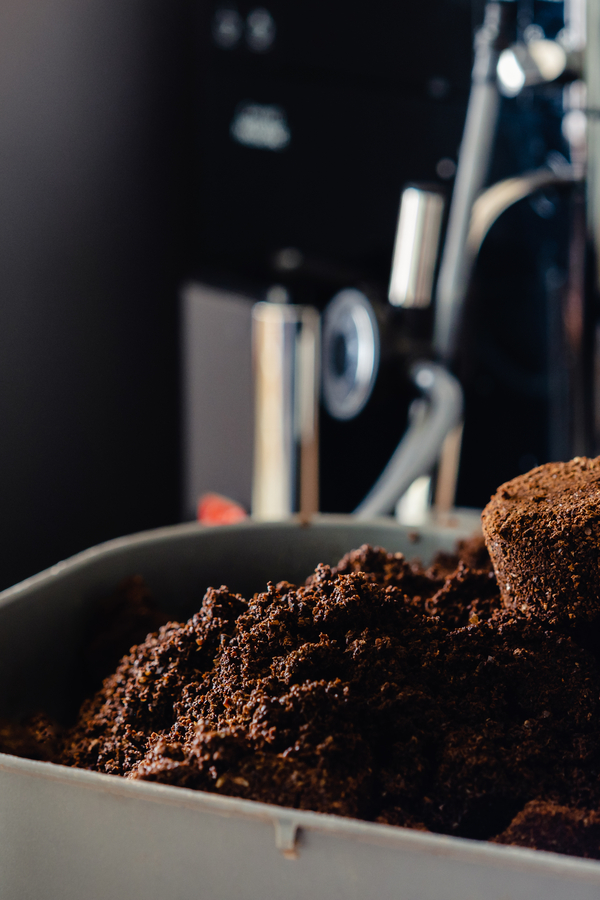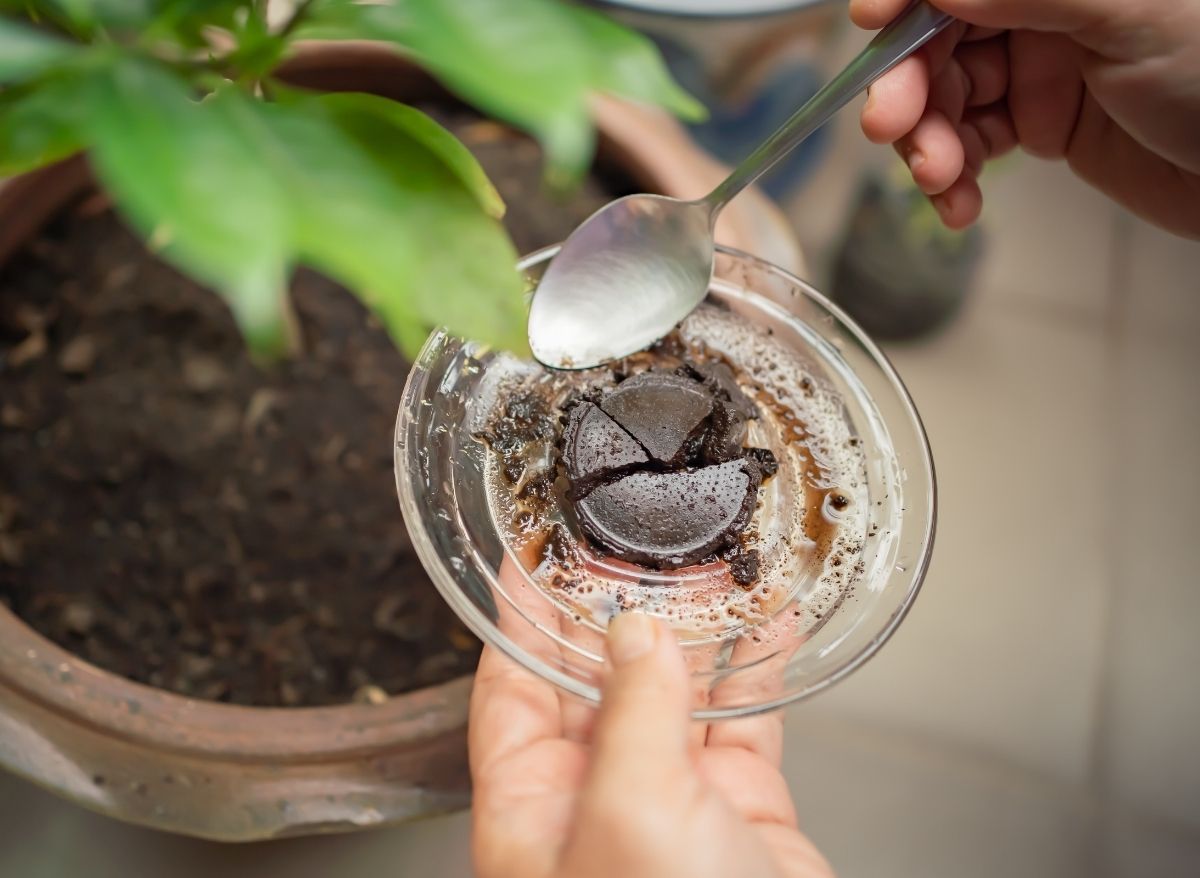Unlocking the Power of Coffee Waste
Every day, millions of coffee lovers around the world discard used coffee grounds, unaware of the treasure they’re throwing away. Coffee grounds, a seemingly insignificant byproduct of our daily caffeine fix, hold a secret: they’re a nutrient-rich natural fertilizer perfect for using coffee grounds for plants. By repurposing this waste, gardeners can reduce their environmental footprint, create a more sustainable gardening practice, and give their plants a boost of essential nutrients. In fact, using coffee grounds for plants is a simple yet effective way to improve soil health, reduce waste, and promote healthy plant growth. With a little creativity and know-how, coffee grounds can be transformed from trash to treasure, providing a natural and eco-friendly solution for gardeners of all levels.
How to Turn Coffee Grounds into a Valuable Resource
To unlock the full potential of using coffee grounds for plants, it’s essential to collect, dry, and process them correctly. Start by collecting coffee grounds from your daily coffee routine or visiting a local coffee shop to ask for their used grounds. Spread the collected grounds out in a thin layer on a baking sheet or tray and let them air dry for several days. This step is crucial to prevent mold and bacterial growth. Once dry, break up any clumps and store the grounds in an airtight container. When you’re ready to use them, simply mix 1/2 inch of coffee grounds into the soil around your plants or add them to your compost pile. By following these simple steps, you can transform coffee waste into a valuable resource for your garden.
The Nutrient-Rich Benefits of Coffee Grounds for Plants
Coffee grounds are a nutrient-rich natural fertilizer that can provide a boost to plant growth and development. The nutrient composition of coffee grounds includes nitrogen, phosphorus, and potassium, making them an ideal addition to soil. Nitrogen promotes healthy leaf growth, phosphorus supports root development, and potassium helps with overall plant health. When used correctly, coffee grounds can increase the water-holding capacity of soil, improve its structure, and support the growth of beneficial microorganisms. By using coffee grounds for plants, gardeners can create a more balanced and fertile soil ecosystem, leading to stronger, healthier plants. Additionally, the slow release of nutrients from coffee grounds can provide a sustained benefit to plants over time, reducing the need for synthetic fertilizers and promoting a more sustainable gardening practice.
Which Plants Benefit Most from Coffee Grounds?
When it comes to using coffee grounds for plants, some species respond better than others. Acid-loving plants, such as azaleas, rhododendrons, and blueberries, thrive in soil amended with coffee grounds. The high acidity of coffee grounds helps to lower the pH of the soil, creating an ideal environment for these plants to grow. Other plants that benefit from coffee grounds include hydrangeas, camellias, and gardenias, which appreciate the slow release of nutrients and improved soil structure. In addition to these acid-loving plants, coffee grounds can also be used to improve the growth of vegetables like tomatoes, peppers, and cucumbers. By incorporating coffee grounds into their soil, gardeners can create a more balanced and fertile environment, leading to healthier and more productive plants. For example, a coffee ground-based gardening project in a community garden in Seattle reported a 25% increase in tomato yields and a 30% increase in pepper production. By understanding which plants benefit most from coffee grounds, gardeners can optimize their use of this natural fertilizer and create a more sustainable and productive garden.
Using Coffee Grounds as a Natural Pest Repellent
Coffee grounds can be a valuable tool in integrated pest management strategies, helping to deter pests and diseases in gardens. The caffeine and acidity in coffee grounds can repel ants, snails, and slugs, reducing the risk of damage to plants. Additionally, coffee grounds have been shown to inhibit the growth of fungal infections, such as root rot and leaf spot, which can be devastating to plants. By incorporating coffee grounds into the soil, gardeners can create a more balanced ecosystem, reducing the need for chemical pesticides and fungicides. For example, a study found that coffee grounds can reduce the population of fungus gnats, a common pest in greenhouses, by up to 90%. To use coffee grounds as a natural pest repellent, gardeners can mix them into the soil around plants, or use them as a mulch to deter pests. By using coffee grounds for plants, gardeners can create a more sustainable and effective approach to pest management, reducing the environmental impact of gardening while promoting healthy plant growth.
Combining Coffee Grounds with Other Natural Fertilizers
One of the most effective ways to unlock the full potential of coffee grounds is to combine them with other natural fertilizers. By mixing coffee grounds with other organic matter, such as compost, manure, or worm castings, gardeners can create a nutrient-rich fertilizer blend that provides a balanced diet for plants. This approach can help to overcome any limitations of using coffee grounds alone, such as their high nitrogen content, and create a more comprehensive fertilizer that promotes healthy plant growth. For example, combining coffee grounds with compost can help to slow down the release of nitrogen, making it more available to plants over a longer period. Similarly, mixing coffee grounds with worm castings can add beneficial microbes to the soil, further enhancing its fertility. When using coffee grounds for plants, gardeners can experiment with different ratios of coffee grounds to other fertilizers to find the perfect blend for their specific needs. Some popular combinations include a 1:1 ratio of coffee grounds to compost, or a 2:1 ratio of coffee grounds to worm castings. By combining coffee grounds with other natural fertilizers, gardeners can create a powerful and sustainable fertilizer that promotes healthy plant growth and reduces the need for synthetic fertilizers.
Common Mistakes to Avoid When Using Coffee Grounds in Gardening
While using coffee grounds for plants can be a highly effective and sustainable gardening practice, there are some common mistakes to avoid in order to maximize their benefits. One of the most critical mistakes is overusing coffee grounds, which can lead to an overabundance of nitrogen in the soil, causing more harm than good to plants. Another common error is not mixing coffee grounds properly with other soil amendments or fertilizers, resulting in uneven nutrient distribution. Additionally, applying coffee grounds too close to plant roots can cause burning or other damage, so it’s essential to mix them into the soil at a safe distance. Furthermore, failing to monitor soil pH levels can lead to acidic soil conditions, which may not be suitable for all plant species. To avoid these pitfalls, gardeners should start with small amounts of coffee grounds and gradually increase the application rate as needed. It’s also crucial to mix coffee grounds with other organic matter, such as compost or worm castings, to create a balanced fertilizer blend. By being mindful of these common mistakes, gardeners can ensure that they are using coffee grounds for plants in a way that promotes healthy growth and development.
Maximizing the Benefits of Coffee Grounds in Your Garden
To get the most out of using coffee grounds for plants, it’s essential to monitor soil health and adjust coffee ground application accordingly. Regularly testing soil pH levels and nutrient content can help gardeners determine the optimal amount of coffee grounds to add to their soil. Additionally, incorporating coffee grounds into a comprehensive gardening routine that includes crop rotation, mulching, and composting can help to create a thriving and resilient ecosystem. By using coffee grounds in conjunction with other sustainable gardening practices, gardeners can create a nutrient-rich soil environment that supports healthy plant growth and development. Furthermore, experimenting with different ratios of coffee grounds to other organic matter, such as compost or worm castings, can help gardeners to find the perfect blend for their specific plant species. By following these best practices and avoiding common mistakes, gardeners can unlock the full potential of coffee grounds and create a vibrant and sustainable garden that benefits both plants and the environment. By incorporating coffee grounds into their gardening routine, gardeners can reduce waste, improve soil health, and promote healthy plant growth, making using coffee grounds for plants a win-win for both gardeners and the environment.



